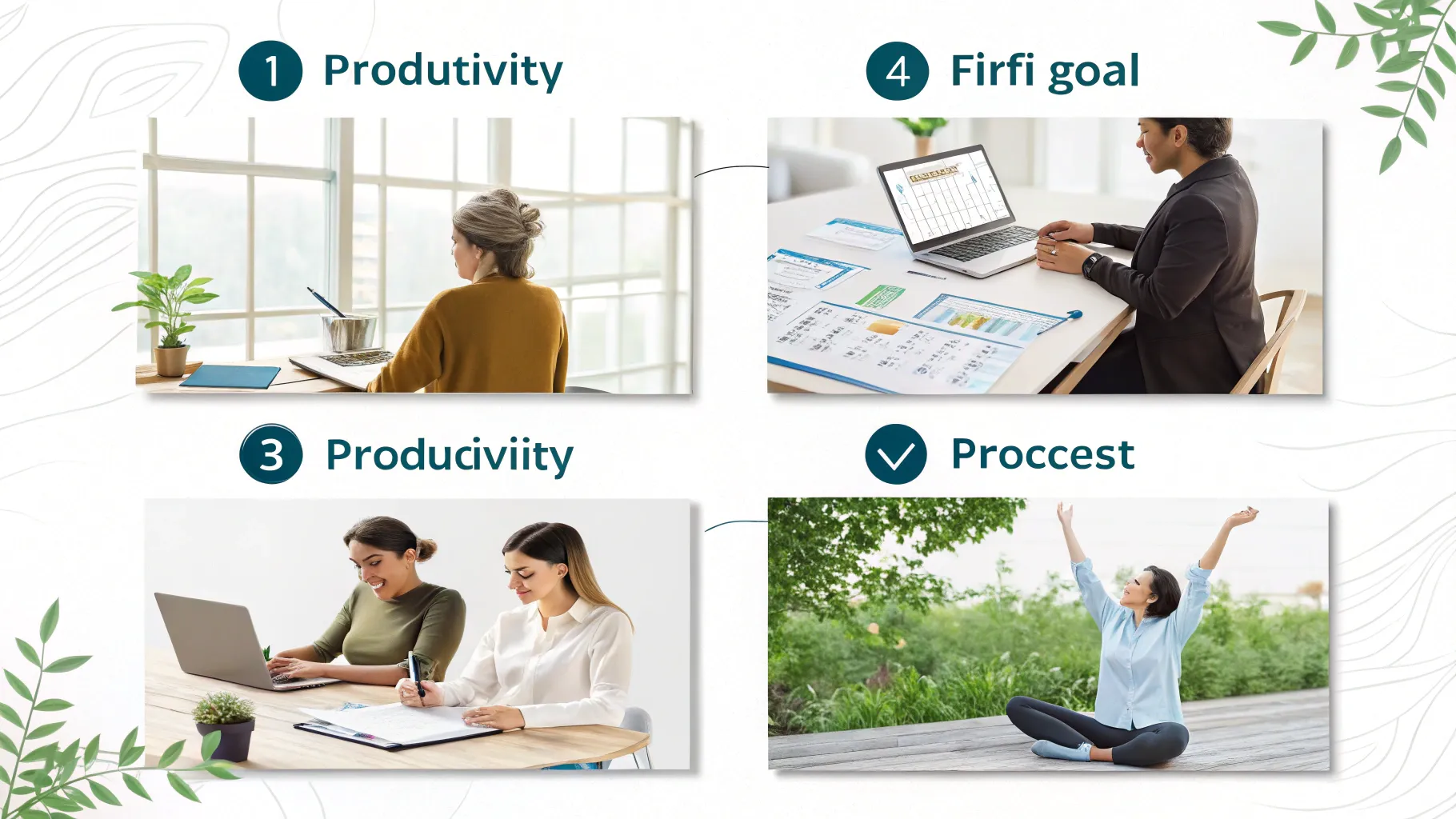
After watching Effective’s recent video reflecting on five years of their YouTube channel, I found myself nodding along with many of their insights. As someone who has struggled with productivity systems, their hard-earned wisdom resonated deeply with me. Let me share what I believe are the most valuable takeaways from their experience.
First and foremost, no productivity system will work unless you clearly define what productivity means to you. This struck me as profoundly true. For years, I’ve jumped from one system to another without stopping to ask myself what I was trying to accomplish.
Effective points out that methodologies like Getting Things Done (GTD) were designed for an earlier era when information overload was beginning. The digital landscape makes those approaches less effective on their own. The volume of information we process daily has grown exponentially since the early 2000s.
To define productivity meaningfully, we need to start with our vision or purpose. What outcome are we working toward? What metrics will show we’re making progress? As Effective explains:
You can know if you’re being productive by putting the right inputs into the system—the right habits, the right ideas, the right ways to think about things.
This focus on lead measures rather than lag measures makes perfect sense to me. It’s about the activities that move us toward our goals, not just checking boxes.
The Power of Filtering
The second lesson that caught my attention was about filtering. What you keep out of your system matters as much as what you put in. This hit home hard for me.
I’ve fallen victim to what Effective calls the “collector’s fallacy”—saving everything that seems remotely interesting without considering its actual value. Their story about accumulating 6,000 Evernote files with only a handful being truly useful made me wince in recognition.
My own digital hoarding tendencies have created similar problems. I’ve saved countless articles, videos, and notes that I never revisit. This clutter makes it nearly impossible to find the truly valuable content. Being selective about what enters our systems is crucial for maintaining their usefulness.
Multiple Systems Can Coexist
The third insight challenges the “one system to rule them all” mindset. Effective admits that they once believed everything needed to be in a single place, but experience taught them otherwise.
This permission to use different systems for different contexts feels liberating. I’ve often felt guilty about using multiple tools, thinking I was somehow failing at productivity by not consolidating everything.
Currently, Effective uses:
- One system for their day job
- Another for their YouTube channel
- A third approach for personal matters
They mention paper (specifically the bullet journal) as a unifying factor across contexts. This hybrid approach makes perfect sense—different areas of life have different requirements.
The Simplicity Challenge
The fourth lesson warns against over-engineering our systems. With powerful tools like Obsidian (which Effective has featured extensively), it’s tempting to build complex workflows and automations.
But as they wisely note, “It’s hard to simplify after you’ve added complexity.” Starting small and building gradually based on actual needs is much more sustainable than creating an elaborate system upfront.
I’ve made this mistake repeatedly, spending hours setting up intricate systems only to abandon them when they became too cumbersome to manage. The advice to start with precisely what you have and build from there is practical and grounded.
Find Your Own Path
The final lesson might be the most important: while established systems provide valuable principles, we must adapt them to our unique needs and thinking styles.
Effective points out that Getting Things Done works perfectly for exactly one person—David Allen, who created it. The same applies to Building a Second Brain or any other methodology. They weren’t explicitly designed for our brains.
This doesn’t mean we should ignore these systems entirely. Instead, we should:
- Extract applicable principles from various approaches
- Test them in our own contexts
- Keep what works and discard what doesn’t
- Adjust continuously as our needs change
This permission to customize has been game-changing for my approach to productivity. Instead of feeling like I’m “doing it wrong” when a popular system doesn’t click for me, I now see it as an opportunity to discover what works for my brain.
After reflecting on these lessons, it’s inspiring to revisit personal productivity with fresh eyes. Rather than chasing the perfect system, I’ll focus on defining what productivity truly means in my life, being selective about what enters my system, embracing multiple tools where appropriate, keeping things simple, and customizing established methods to fit my needs.
What about you? Which of these lessons resonates most with your productivity journey?
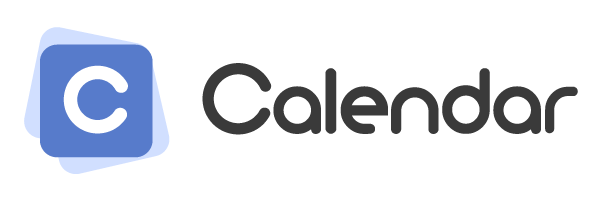
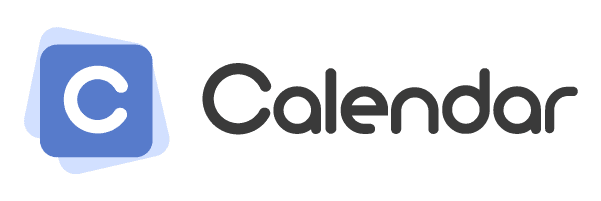
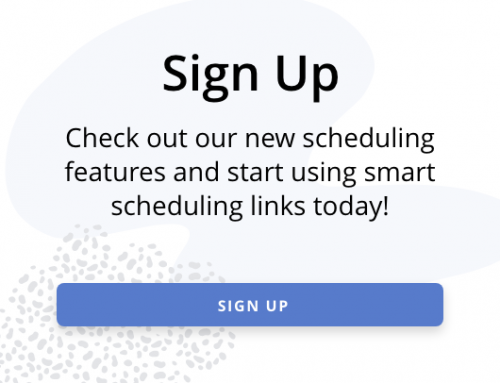




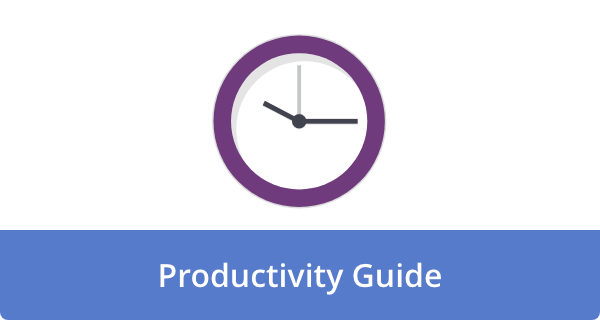


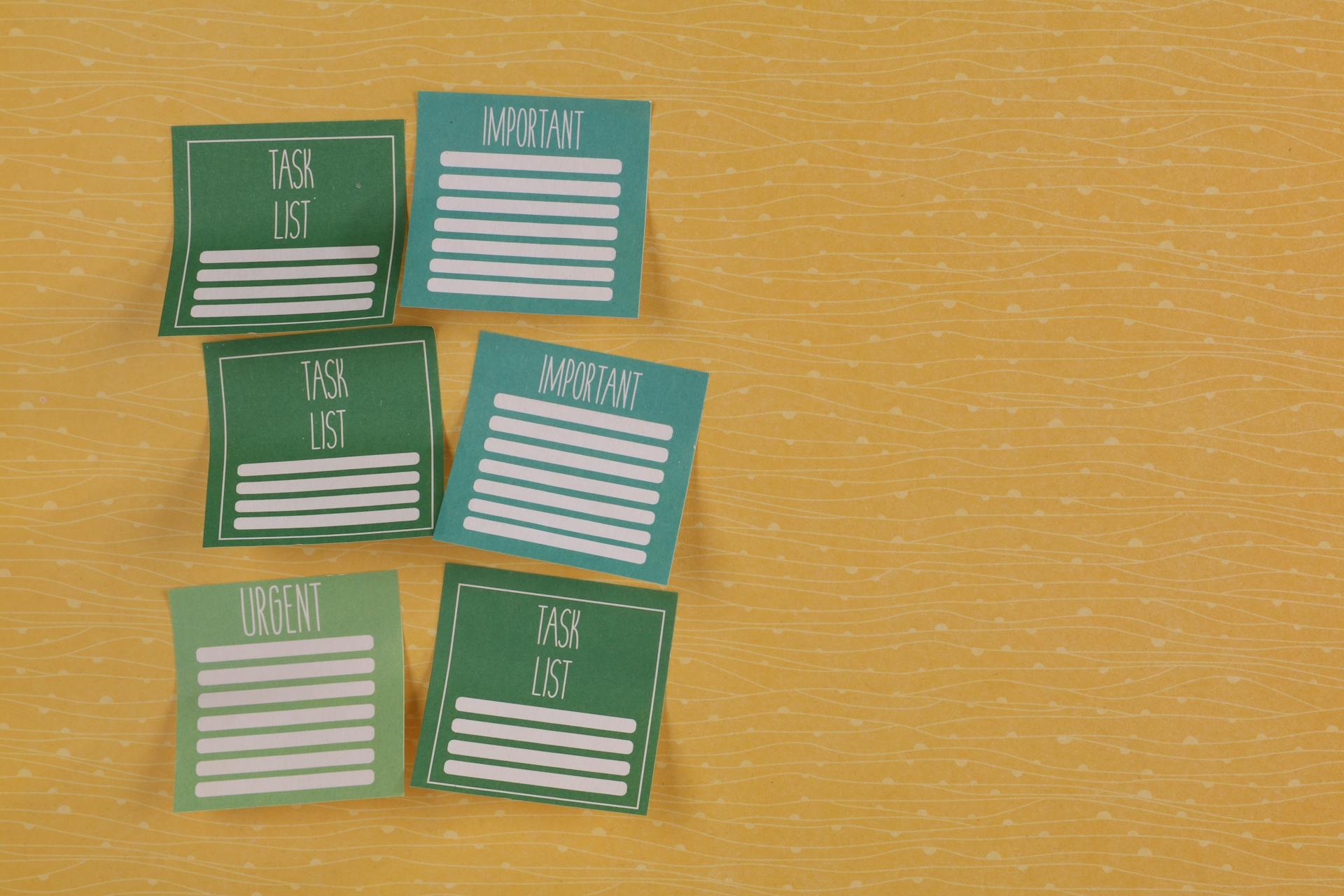
Deanna Ritchie
Editor-in-Chief at Calendar. Former Editor-in-Chief, ReadWrite, Editor-in-Chief and writer at Startup Grind. Freelance editor at Entrepreneur.com. Deanna loves to help build startups, and guide them to discover the business value of their online content and social media marketing.